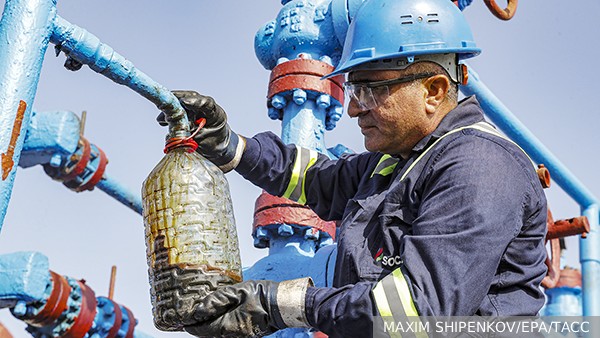
Russia continues to increase oil supplies to China via ESPO
By Rhod Mackenzie
Russian oil companies are significantly boosting ESPO grade oil exports through the port of Kozmino, mainly to China via tankers. The shipments from this Far Eastern port reached a historic peak of 925 thousand b/d in December.Analyst attribute the increase to more active rail transportation.
In December, exports of ESPO grade oil from the port of Kozmino reached a record high of 925 thousand barrels per day, according to Kpler data obtained by Kommersant. Of this volume, 85% was supplied to China. In November, Russian oil exports from Kozmino amounted to 910 thousand bpd (equivalent to approximately 3.69 million tons).
The ESPO oil pipeline has a design capacity of 80 million tons of oil per year. Of this amount, 30 million tons are supplied to China via a branch pipeline from Skovorodino in the Amur Region. The remaining volumes are distributed through the ESPO-2 system to the Khabarovsk and Komsomolsk refineries, as well as the port of Kozmino. From there, oil is loaded onto tankers for delivery to Asia, primarily to China.
Since last year, due to the embargo on Russian oil, oil companies have been exploring alternative routes for the supply of raw materials. Transneft has been considering expanding the infrastructure to accommodate this. As a result, since the end of last year, oil workers have resumed supplying East Siberian oil to Kozmino by rail. However, due to high railway tariffs, this route has not been in demand in recent years. In August, Nikolai Tokarev, the head of Transneft, announced plans to restore oil supplies for export from the first stage of the ESPO via the railway. This route was previously used to ship approximately 15 million tons of oil. Transneft aims to increase shipments from Kozmino to 42 million tons by 2023. Additionally, in the previous year, Transneft enhanced the throughput capacity of ESPO-2 by using special anti-turbulence additives.
Maximizing the export of ESPO grade oil is advantageous for oil companies. This is because, historically, it has been traded at a premium to the main Russian Urals grade due to its quality characteristics.
Furthermore, this type of oil surpasses other varieties due to its proximity to China, resulting in shorter logistics distances. According to Kpler, ESPO is currently trading at the same level as Brent, factoring in the delivery cost to China (at FOB Kozmino, the discount to Brent is $3-4 per barrel). In comparison, the Urals discount to Brent averages around $10 per barrel.
Kpler reports that the high levels of exports from Kozmino suggest that a significant portion of the supply structure relies on rail transport. Victor Katona from Kpler notes that the main bottleneck of the ESPO has always been the ESPO-2 oil pipeline. In addition to serving the Kozmino port, it also meets the demands of refineries in the Far East. The ESPO-2 has a shipping capacity of about 830,000 barrels per day to Kozmino. This capacity can be increased to 850-860 thousand barrels per day with the help of anti-friction additives. The current export volumes suggest that Transneft's plans to increase railway supply volumes to Kozmino are on track, according to the analyst. During its peak operation, Transneft allowed for the supply of up to 7 million tons of oil per year by rail, which is equivalent to 140 thousand barrels per day of additional exports. Currently, only about half of this amount is being supplied, which is approximately 50-60 thousand barrels per day. It is worth noting that the port of Kozmino has the capacity to receive even more oil than the current record deliveries. The nominal limit of the export terminal is 1.1 million barrels per day, which means that additional supplies are potentially possible, according to Mr. Katona. This winter, there have been no shipment disruptions in Kozmino due to storms, unlike the Black Sea. This has helped to increase export volumes.
